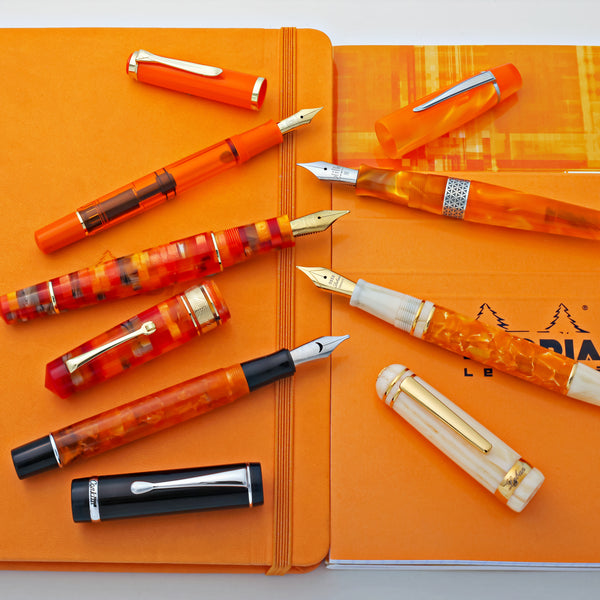Flex nib fountain pens are like cars that use a stick shift - they become rarer with each generation.
Yet, they are appreciated by those who use them most often. As you can already guess, I love writing with leonardo flex nib fountain pens. With a little pressure, a leonardo flex nib can add flourish and flair to everyday handwriting.
Yet, flex nibs are not all that common. At least, not as common as other popular nib sizes like F, M, or a 1.1mm stub. This looks to be changing. This year, German nib manufacturer Jowo introduced the steel elastic nib through the Leonardo Officina Italiana brand.
Since I already have experience writing with the 14kt gold version of the elastic fine nib, I'll offer a side-by-side comparison of both the steel and gold elastic nibs so you can decide which is best for your flexing needs.



